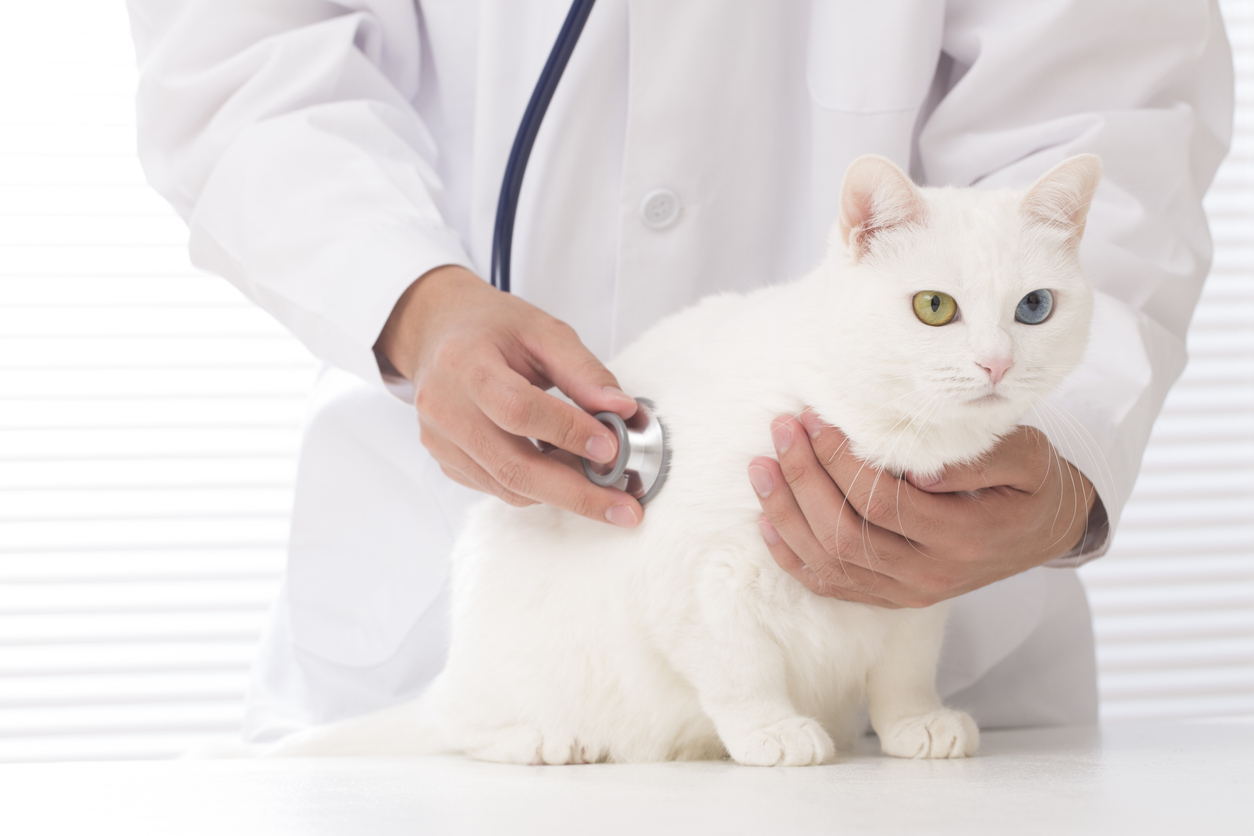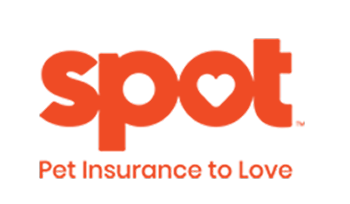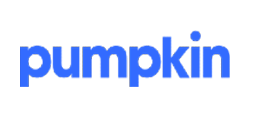Short Summarize
Pet insurance serves as a financial safety net for pet owners, covering veterinary expenses when pets fall ill or get injured. Understanding key insurance terms is crucial for selecting the right policy. A deductible is the amount you pay out-of-pocket before the insurer covers the remaining costs; higher monthly premiums often result in lower deductibles. The annual limit or annual maximum is the maximum amount an insurer will pay each year for covered expenses. Reimbursement percentage refers to the portion of the vet bill the insurer reimburses after the deductible is met. Customizable coverage allows tailoring the policy to your pet’s specific needs, such as including hereditary or chronic conditions.
Why Buy Pet Insurance?
- Get Free quotes from the best pet insurers
- Protect your pets from harm and yourself from unexpected vet bills
- Claim exclusive discounts and offers from top providers

Pet insurance isn’t overly complicated, but the technical jargon or insurance lingo can make it sound that way. In the simplest terms, pet insurance is a safety net for pet owners should their beloved animals get hurt or fall ill.
Pet insurance covers veterinary costs and may prevent you from getting into debt because of a simple trip to the vet. Unfortunately, unless you work in the insurance industry, it can be difficult to understand the ins and outs of your coverage. To get the most out of your pet insurance, it’s important to understand all the lingo and terms that are involved in your pet insurance policy. Once you understand what you are paying for, it will be much easier to choose the plan that best suits your needs.
What sort of jargon should you learn? Here are a few popular terms and their meanings.
Deductibles
A deductible is the amount paid out of your pocket before any costs are covered by the insurer. For example, if your pet plan has a $1,000 deductible, you’ll pick up the tab for the first $1,000 of veterinary costs while the insurer pays the rest.
Additionally, some pet insurance providers have percentage deductibles instead of a set amount. With this type of deductible, you will pay a certain percentage and the pet insurance company will pay the remainder. Plus, most pet insurance companies will have multiple options for the deductibles so that you can choose one that is the best for your budget. For example, a pet insurance company may pay 70%, 80%, or 90% of the costs, while you may pay the difference.
Deductibles can vary considerably. Usually, pet insurers decrease the deductible amount when you pay a higher monthly premium. If you were to increase your monthly premiums, you could reduce the deductible to only a few hundred dollars. That could help those who aren’t able to cover a higher deductible rate. Of course, it can also work in the reverse. You could pay less per month and get a higher deductible.
Annual Limits or Annual Maximum
Insurers usually create an annual limit for each pet plan policy. This is the maximum amount the insurer will pay per year towards any veterinary or pet care costs. For instance, a pet insurance provider may have a $10,000 annual limit on your policy with a no-claim limit. That means you could, potentially, make several claims throughout the year and the costs (up to $10,000) would be covered.
Others may have additional limits. For example, your insurer may have an annual limit of $5,000 but only allows two claims per year. That meansyou’re only able to submit two insurance claims for that period, regardless of whether or not you’ve hit your annual limit. Of course, every insurance provider is different, so it’s essential to know – and understand – these limits. Some will limit the amount they’ll cover while others limit how many claims you can make per year.
Reimbursement Percentages
A reimbursement percentage is the amount an insurer will pay you to cover the costs towards a veterinary bill. It can be anything from 50% to 100% of the total costs. This, of course, depends on the provider and the type of coverage you have. For instance, maybe your pet required emergency veterinary care. As a result, you face a $4,500 vet bill and the reimbursement percentage is 80%.
You pay the vet the full amount and the pet insurance company will reimburse you $3,600. That leaves you to cover the remaining $900 or 20%. Reimbursement percentages vary with each plan.
Customizable Coverage
Customizable coverage is increasingly popular among pet owners because it can be tailored to your pet’s specific needs. For example, if you have an older German Shepherd with a chronic health condition, you could customize your policy to include hereditary or chronic illness. That means your pet’s vet costs for their chronic ailment would be covered. Of course, costs can increase the more coverage you have.
Other Commonly Used Pet Insurance Lingo
While the above terms are the most common phrases you will come across when researching pet insurance, there are other terms that you may run into. Instead of looking online for what these terms mean each time you come across them, use this guide as a “pet insurance lingo dictionary” to answer all your questions and become a pet insurance pro.
- Alternative Therapy
When you take your pet to the vet for common procedures, surgeries, or get a prescription, you are taking a traditional approach to healing. But with alternative therapies, you are embracing less traditional approaches to vet care with procedures such as acupuncture, hydrotherapy, pet chiropractic, physiotherapy, and others.
While some of these options may sound appealing, not all of them will be covered by pet insurance policies. If you do plan on using alternative procedures, find a pet insurance provider that will cover these treatments.
- Benefit Schedule
A benefit schedule is a reimbursement limit that is set on specific treatments and procedures. When a pet insurance policy has a benefit schedule, it is basically limited by the amount of money that you will be reimbursed by the insurance company. When looking for a pet insurance provider, try to stick to plans that do not have a benefits schedule so that you can get as much of your vet bills covered as possible.
- Bilateral Condition
Bilateral conditions are conditions or diseases that affect both sides of your pet’s body. Generally, bilateral conditions will be covered by your pet insurance as long as the conditions appeared while your pet was insured. If the bilateral condition was present before you enrolled in pet insurance, it may not be covered by your pet insurance policy.
- Breed-Specific Conditions
When a pet has what is called a “breed-specific condition,” it means that the illness or condition is one that commonly occurs in that breed of cat, dog, horse, or whichever animal is insured. Many pet insurance companies will not cover breed-specific conditions or will at least make you enroll in a certain type of add-on or program within the pet insurance policy to have it covered.
- Copay
The copay is the money that you will pay for a vet visit. Generally, you will only have to pay 10 percent to 30 percent of the vet bills. Typically, lower copays coincide with higher monthly premiums and vice versa. The copay will not be reimbursed by the pet insurance company.
- Explanation of Benefits
Whenever you submit a claim or ask to be reimbursed by your pet insurance company, you will receive a detailed explanation of benefits. With an explanation of benefits, you will get an itemized and detailed description of what was covered by your pet insurance policy and what was not covered. This description is very beneficial because you can see exactly what was reimbursed and why.
- Lifetime Limit
A lifetime limit is a maximum amount that a pet insurance company will payout for your pet. This means that if you reach the lifetime limit of your policy, your pet can no longer be covered by that pet insurance. So when you are looking for the best pet insurance, you will want to search for providers that do not have a lifetime limit. That way, you will not have to worry about suddenly running out of pet insurance.
- Medical History Review
Most pet insurance providers will conduct a medical history review to view the current and past health of your pet. More often than not, this service is free of charge and the pet insurance company will use the information they find to determine if your pet has any pre-existing conditions. The standard time frame an insurance company looks for is usually 12 months, but this can vary based on the insurer.
Typically, this review will take place a few weeks after you take out a pet insurance policy to make sure that you are not enrolling in a pet insurance plan to cover a currently injured or sick pet.
- Per-Incident Limit
Some pet insurance policies will have a per-incident limit. This limit indicates the maximum amount of money that will be reimbursed when your pet is injured or sick. When you are looking for quality pet insurance, you should be wary of per-incident limits because it may mean that the policy will not cover nearly as much as other providers. If possible, find a pet insurance provider that does not have a per-incident limit.
- Policy Year or Policy Term
Whether a pet insurance company goes by policy year or policy term will depend on the individual provider. However, both terms mean the same thing. A “policy year” or “policy term” is simply a fancy way of defining the length of a pet insurance policy. During a policy year or term, the pet insurance policy will be active and cover your pet. If your pet is injured or becomes ill during a policy year or term, your pet will be covered by your pet insurance.
- Pre-Existing Condition
A pre-existing condition is any medical condition that is present before you enrolled in subscribing to a pet insurance policy. You can tell if whether a condition is pre-existing if the symptoms or condition started before your pet insurance policy. Unfortunately, no pet insurance providers will cover pre-existing conditions at this time. However, some pet insurance companies will offer add-ons that will cover some aspects of a pre-existing condition. Expect your monthly premium or deductibles are higher due to this add-on.
- Renewal
At the end of your policy year or policy term, you will need to renew your existing pet insurance policy. Once your policy has been renewed, your deductible and annual maximum will reset.
- Premium
Your monthly premium is the amount that you will pay every month to remain enrolled in a pet insurance policy. Depending on the premium you choose, your deductibles will be higher or lower. Generally, the higher the premium the lower the deductible. Also, higher premiums may indicate more coverage if you added on extra features like wellness visits.
- Waiting Period
Nearly all pet insurance providers will have a waiting period at the beginning of a pet insurance policy. The waiting period, which is normally around 2 weeks, is put in place so that new policyholders cannot instantly use the services offered by a pet insurance provider and abuse the system.
Final Thoughts
Now that you know all the terms and lingo that you may come across while researching the different pet insurance companies and policies, you are ready to begin your search for the best pet insurance provider. While you could spend hours researching online for the pet insurance that is right for you and your pet, check out our expert reviews of the best pet insurance companies to find the right policy for your pet.

Pet Insurance 101: Selecting Coverage

How Pet Insurance Works?

How to Choose the Best Pet Insurance for Your Dog

How We Rate
FAQ
-
How to reduce the cost of pet insurance?Many pet owners want to find the most affordable pet insurance plan possible, while still getting the coverage they need. There are several ways in which you can cut down on the cost of your premium. One of the easiest ways is to choose the highest possible deductible when signing up for your plan, as this will reduce its overall cost. If you set the annual limit and reimbursement rates lower, the premium will also get cheaper. A lot of leading pet insurance providers may also offer discounts for multiple pets or loyal customers, and some even run programs where you can save money by looking after your pet better and taking it for regular check-ups.
-
What do I need to run a pet insurance quote?Getting a pet insurance quote from a leading provider like Hartville, Spot, or the ASPCA is very simple. The process can vary depending on which site you use and which provider you're working with, but usually, all you'll need to fill out the forms is the name of your pet, its species, breed, age, and perhaps size or weight as well. You'll also need to enter some contact information so that the quoted plans can be emailed over to you. After providing the necessary info, you should be greeted with a screen showing you your quoted premium, and you can usually make adjustments to things like deductibles, reimbursement rates, and annual limits in order to modify the details and cost of your plan.
-
Is Pet Insurance Worth It?When you realize that routine veterinary care can cost several hundred dollars and urgent treatment or surgery can cost thousands, it's clear to see that pet insurance can save you a lot of money in the long run. We all hope that our pets will stay happy and healthy for years to come, and it's easy to overlook the importance of pet insurance when your dog or cat is young and full of life. However, as animals get older, the risks of various health conditions, disorders, and diseases begin to rise, and many pets can be affected by all kinds of physical issues as they get older. Pet insurance can provide much-needed peace of mind to any pet owner, as well as potentially saving your pet's life someday.
-
Is Pet Insurance Tax-Deductible?There are some ways in which you might be able to claim tax deductions on your pet insurance or simply the general costs of owning your pet, but the circumstances for this can be quite specific, so you need to do your research and speak with experts to learn more. If you require a pet for medical reasons, for example, like a guide dog for a visually impaired person or a therapy dog, you might be able to make a claim. You might also be able to obtain a deduction if you use a guard dog at your business or you happen to be a professional animal breeder. In and of itself, insurance isn't usually deductible for most pet owners, but it's a possibility in some of these aforementioned special cases.
-
What are the Price Factors on pet insurance?
- Location – Your location will affect the price of your pet insurance, as pets living in densely populated cities are generally be seen to be at a higher risk of injury than those living out in rural locations.
- Pets age – The age of your pet can have a huge bearing on the cost of your pet insurance too, as older animals are more likely to develop health issues and therefore will be more expensive to cover.
- Pet's breed – The breed of your pet can also be a key factor in determining the total cost of your insurance. Certain breeds, especially big dogs, are more at risk of health issues and have shorter lifespans, leading to higher premiums.
- Selected deductible/reimbursement level – If you choose a higher deductible, meaning you'll be paying a larger amount each time you make a claim, you'll get a lower premium. Similarly, if you choose a lower reimbursement level, your premium will be cheaper, and vice versa.





